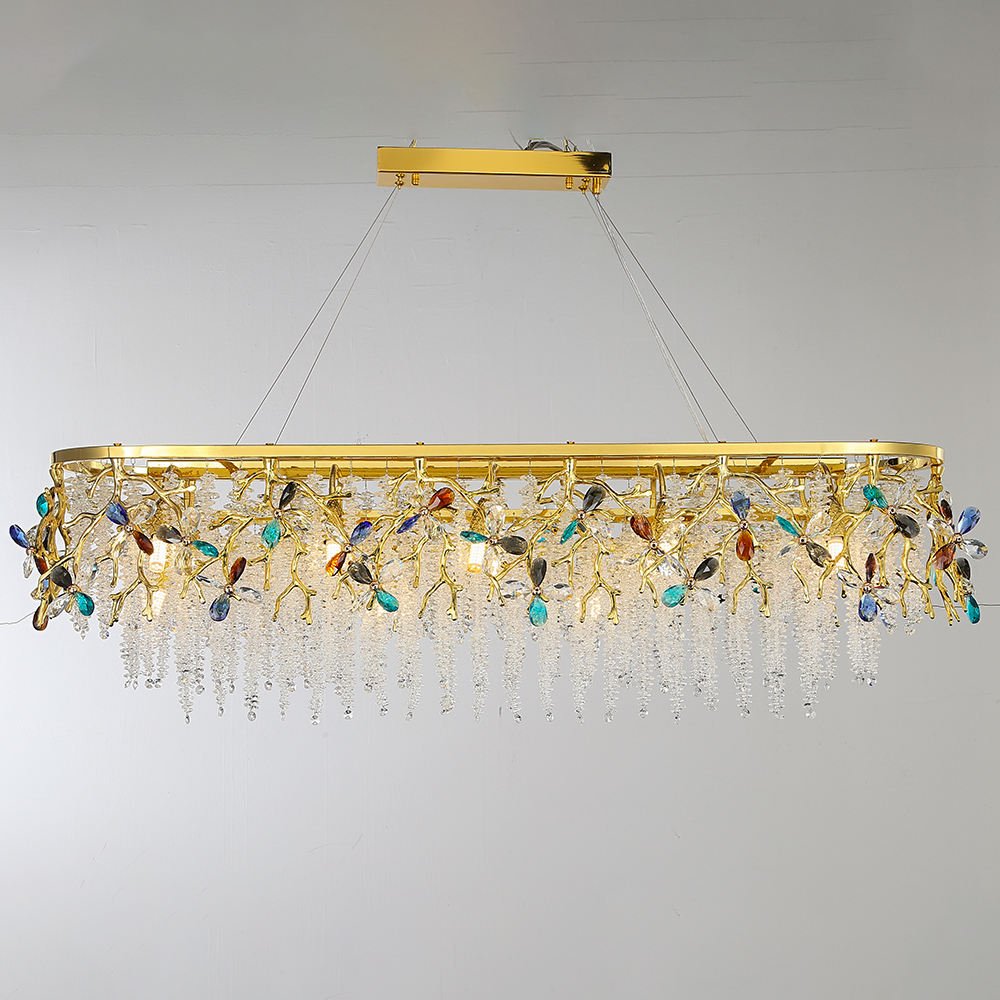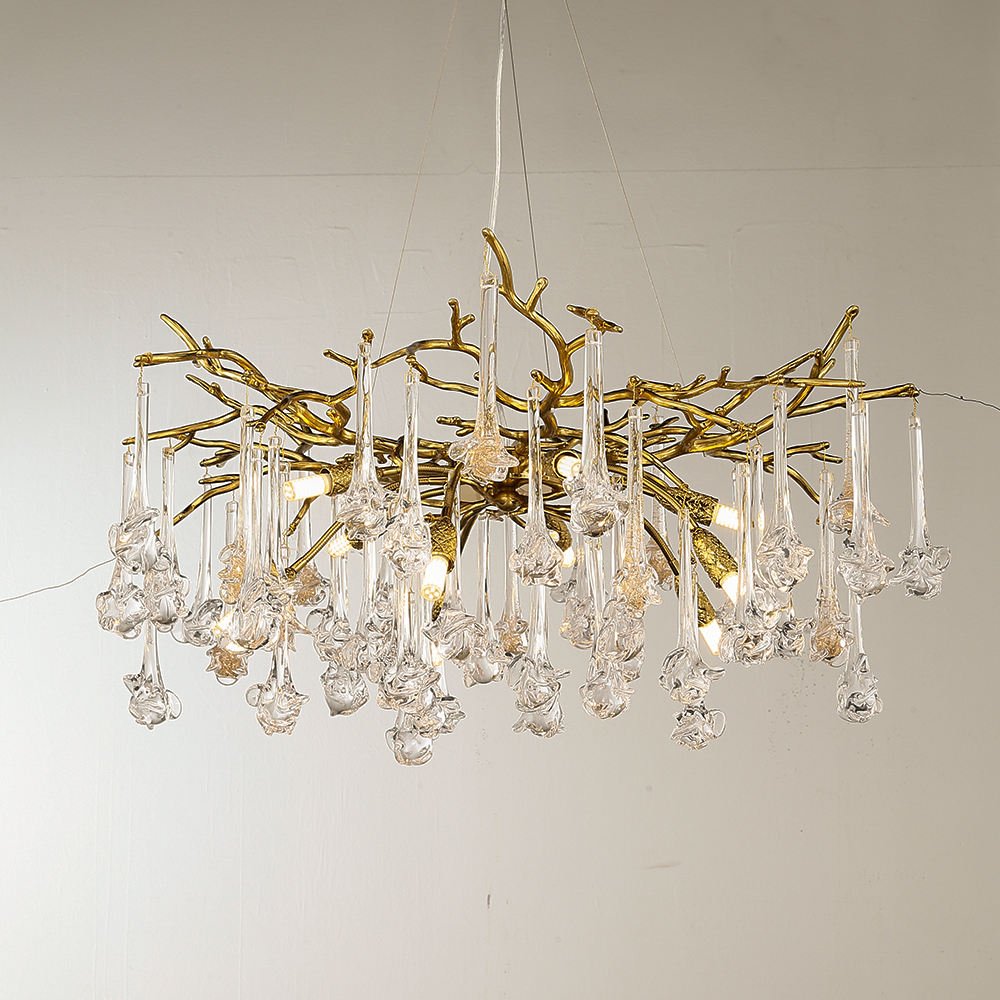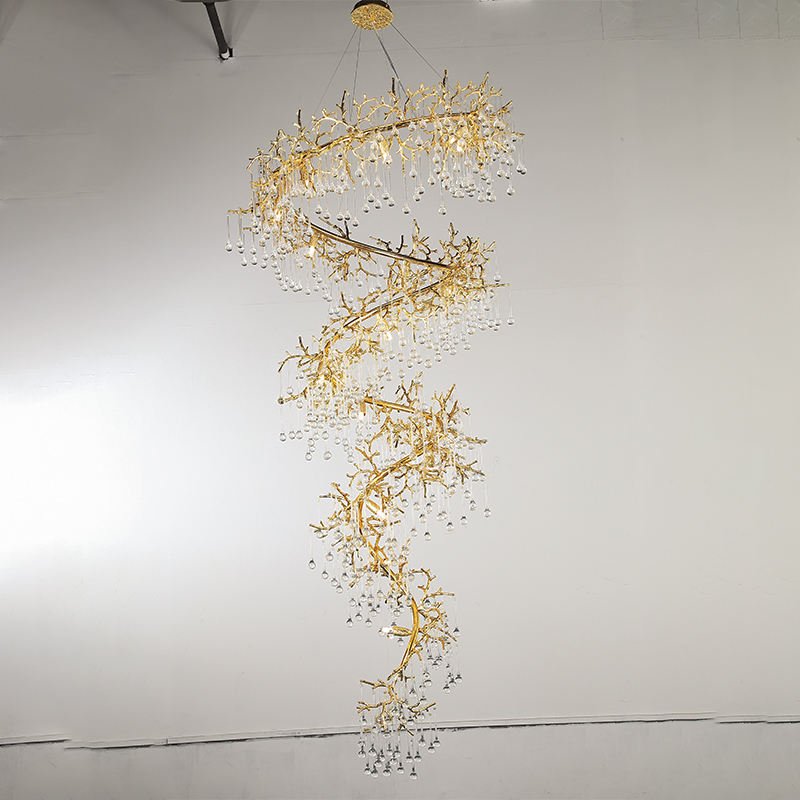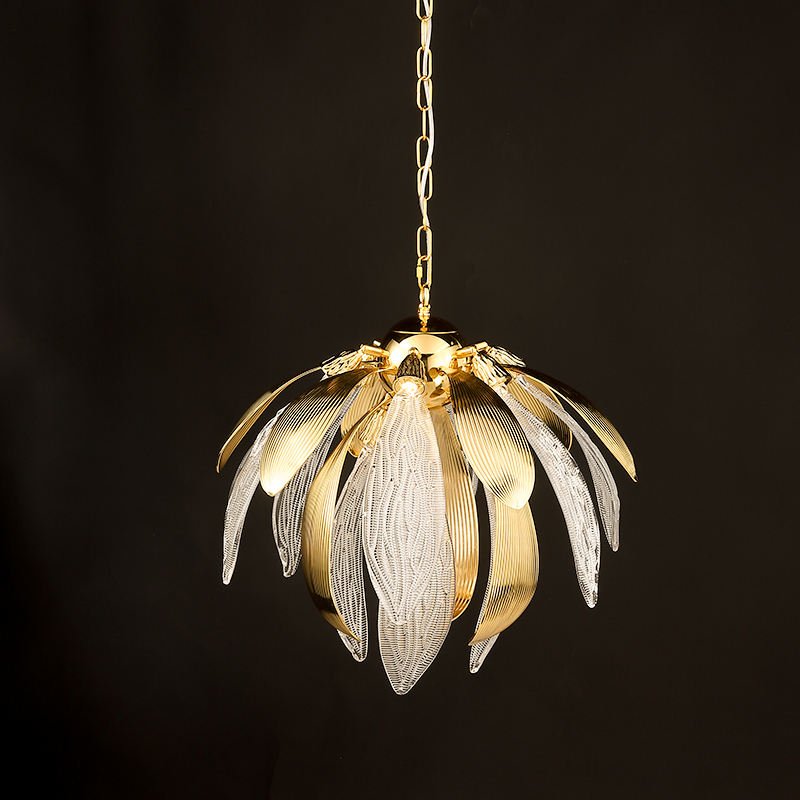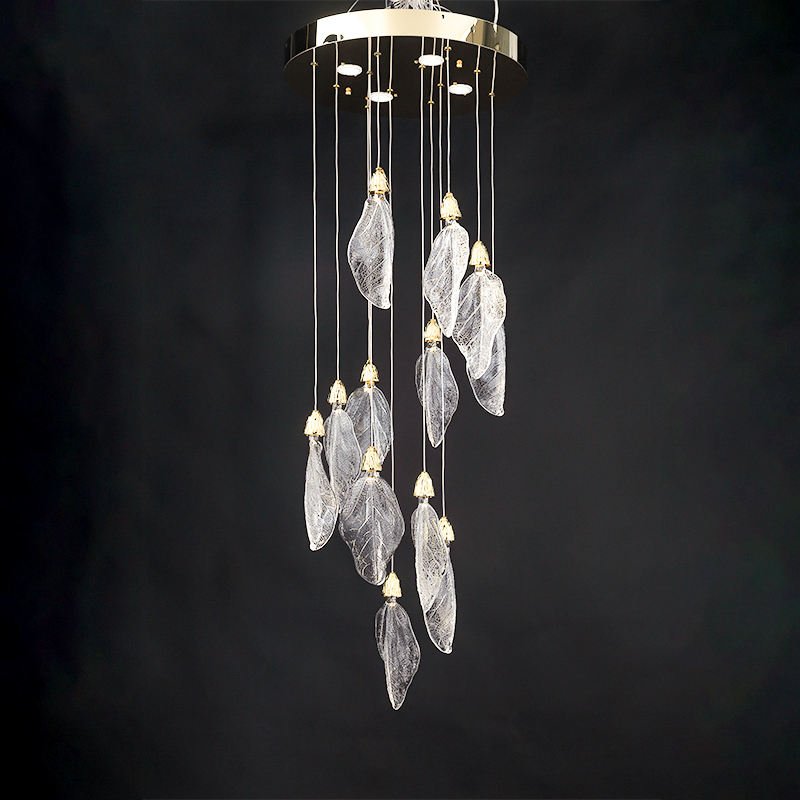Stylish Custom Pool Table Lights for Every Game Room
Key Takeaways
| Feature | Details |
|---|---|
| Ideal Height | 30-36 inches above playing surface |
| Light Distribution | Even coverage across entire table |
| Style Options | Industrial, traditional, modern, rustic |
| Bulb Types | LED, fluorescent, incandescent |
| Size Guidelines | Light should be 12-16 inches shorter than table length |
| Installation | Professional recommended for hardwired fixtures |
| Dimming | Essential for ambient lighting control |
| Budget Range | $200-$2000+ depending on customization |
Modern Industrial Pool Table Lighting Solutions
Industrial pool table lights bring that raw, authentic feel to your game room. These fixtures typically feature metal construction with exposed bulbs or glass shades. The beauty of industrial lighting lies in its simplicity – no fancy decorations, just pure function meets form.
Metal finishes like brushed steel, copper, or matte black work exceptionally well with most game room decors. The proper pool table lighting setup can transform an ordinary basement into a professional-looking billiards space.
I’ve seen countless game rooms where the lighting was an afterthought, and it shows. Poor lighting creates shadows on the table, making bank shots nearly impossible and frustrating players. Industrial fixtures solve this by providing direct, even illumination across the playing surface.
The key is choosing a fixture that’s proportional to your table. A standard 8-foot table pairs perfectly with a 60-inch light fixture, while 9-foot tables need something closer to 72 inches. This pool table light industrial style shows exactly what I mean about proper sizing.
Traditional Tiffany Style Pool Table Lights
Tiffany-style lights remain the gold standard for many pool enthusiasts. These handcrafted beauties feature stained glass shades in intricate patterns and rich colors. Each piece tells a story through its design – whether it’s depicting pool balls, beer logos, or abstract geometric patterns.
The warm light that filters through colored glass creates an inviting atmosphere that can’t be matched by plain fixtures. It’s like having a piece of art suspended over your table. Quality Tiffany lights use real stained glass, not cheap plastic imitations.
Installation height matters enormously with these heavier fixtures. Most weigh 30-50 pounds, so your ceiling mounting must be absolutely secure. I always recommend having an electrician handle the installation, especially for hardwired models.
Colors should complement your room’s existing palette. Green felt tables look stunning under lights with emerald or forest green glass panels. Blue felt works beautifully with cobalt or navy accents in the lighting.
LED vs Traditional Bulb Options for Pool Tables
LED technology has revolutionized pool table lighting. These bulbs produce crisp, white light that shows true colors on the felt and balls. They also generate minimal heat, which keeps players comfortable during long games.
Traditional incandescent bulbs still have their place, particularly in vintage-style fixtures. The warm yellow light creates a cozy, pub-like atmosphere that many prefer for casual games. However, they consume significantly more electricity and need frequent replacement.
Fluorescent bulbs offer a middle ground – cooler than incandescent but warmer than many LEDs. They provide excellent light distribution and last longer than incandescent options. The downside is they can flicker or hum, which some find distracting.
Color temperature matters more than most people realize. Look for bulbs rated between 3000K-4000K for the best balance of visibility and ambiance. Anything cooler makes the room feel clinical, while warmer temperatures can make it difficult to distinguish ball colors accurately.
Energy efficiency should factor into your decision. LED bulbs use roughly 80% less energy than incandescent equivalents and last 25 times longer. Over a fixture’s lifetime, the savings easily justify the higher upfront cost.
Custom Design Options and Personalization
Custom pool table lights let you express your personality while meeting your specific lighting needs. Popular customization options include team logos, family names, business branding, or hobby themes. The possibilities are limited only by your imagination and budget.
Sports themes dominate custom requests. NFL, NBA, MLB, and college team logos are extremely popular choices. Many manufacturers can incorporate official team colors and emblems directly into the light design. Just make sure you’re working with someone who has proper licensing agreements.
Personal touches make your game room truly unique. I’ve created lights featuring family crests, military unit insignias, and even custom artwork. One client wanted a light incorporating elements from his late father’s vintage beer can collection – it became a beautiful tribute piece.
Material choices affect both appearance and durability. Solid wood shades offer warmth and can be carved or engraved with intricate details. Metal allows for precise laser cutting and powder coating in virtually any color. Glass panels can be etched, painted, or replaced with custom stained glass pieces.
Size customization ensures perfect proportions for your specific table and room dimensions. Standard fixtures don’t always work in rooms with unusual ceiling heights or table placements. Custom sizing eliminates shadows and ensures even light distribution.
Proper Installation Height and Positioning
Getting the height right is absolutely critical for both function and safety. The standard recommendation of 30-36 inches above the playing surface isn’t arbitrary – it’s based on physics and ergonomics.
Too low and tall players will hit their heads on the fixture during shots. Too high and you’ll get uneven lighting with shadows along the rails. I measure from the bed of the table, not the top of the rails, to ensure accuracy.
Ceiling height determines your installation method. Rooms with 8-foot ceilings require careful planning to maintain proper clearance. Chain or cable suspension works well for adjustability, while rigid mounting provides a cleaner look in higher-ceiling rooms.
Centering the light properly requires measuring both length and width of your table. The fixture should be perfectly centered over the playing surface, not the overall table dimensions. This distinction matters because rail widths vary between manufacturers.
Multiple light setups work well for larger tables or rooms with multiple game areas. Two smaller fixtures can provide better light distribution than one large one, especially for 9-foot or tournament-size tables. Just ensure consistent spacing and identical mounting heights.
Power supply considerations affect installation complexity. Plug-in models offer flexibility but require nearby outlets. Hardwired installations look cleaner but need professional electrical work. Battery-powered options exist but aren’t practical for permanent installations.
Room Aesthetics and Style Coordination
Pool table lighting should complement your overall room design, not fight against it. The fixture becomes a focal point, so it needs to work harmoniously with your existing decor elements.
Rustic rooms pair beautifully with wood and wrought iron fixtures. Reclaimed barn wood shades or antler-inspired designs create perfect rustic ambiance. The key is choosing materials that echo other elements in the space – leather furniture, stone walls, or wooden beams.
Modern spaces call for clean lines and minimal ornamentation. Sleek metal fixtures with geometric shapes work well. Consider brushed aluminum, chrome, or powder-coated steel in neutral colors. The contemporary chandelier designs show how modern lighting can be both functional and artistic.
Traditional rooms benefit from classic designs – Tiffany glass, brass fixtures, or rich wood tones. These timeless styles have endured for good reason – they create warm, inviting spaces that feel comfortable and familiar.
Color coordination extends beyond the fixture itself. Consider how the light color affects your room’s paint, furniture, and accessories. Warm white light enhances earth tones and traditional colors, while cool white works better with contemporary color schemes.
Scale matters enormously in room design. A massive fixture in a small room feels overwhelming, while a tiny light in a large space gets lost. The fixture should feel proportional to both the table and the room dimensions.
Budget Considerations and Value Analysis
Pool table lighting represents a significant investment, with prices ranging from $200 for basic fixtures to over $2000 for custom designs. Understanding what drives these price differences helps you make informed decisions.
Materials account for much of the cost variation. Genuine Tiffany glass costs significantly more than colored acrylic. Solid wood construction costs more than particleboard. Hand-forged metal work commands premium prices compared to mass-produced alternatives.
Size directly impacts price – larger fixtures require more materials and often more complex construction. Custom sizing adds to costs but ensures perfect proportions for your specific setup.
Installation costs vary widely depending on your electrical situation. Simple plug-in fixtures might cost nothing to install if you’re handy with basic tools. Hardwired installations requiring new electrical runs can cost $200-500 in labor.
Long-term value considerations include energy costs, bulb replacement frequency, and durability. LED fixtures cost more upfront but save money over time through reduced energy consumption and longer bulb life.
Quality indicators help identify good value purchases. Look for solid construction, quality hardware, and good warranties. Cheap fixtures often fail within a few years, making them expensive in the long run.
Maintenance and Longevity Tips
Proper maintenance extends fixture life and keeps your lighting performing optimally. Most pool table lights need minimal care, but a few simple practices make a big difference.
Dust accumulation is the biggest enemy of good lighting. Dust on bulbs reduces light output and can cause overheating. Clean bulbs monthly with a dry cloth when they’re cool. Glass shades need gentle cleaning with appropriate glass cleaners.
Moving parts require occasional attention. Chain suspension systems should be checked annually for wear or corrosion. Adjustable fixtures need lubrication of moving joints to prevent binding or squeaking.
Electrical connections deserve periodic inspection, especially in humid basement installations. Look for signs of corrosion or loose connections. Any electrical issues should be addressed by qualified professionals immediately.
Bulb replacement timing affects both performance and cost. Replace bulbs before they burn out completely – aging bulbs produce less light and consume more energy. Group replacement of multiple bulbs ensures consistent light color and brightness.
Seasonal considerations matter in some climates. Extreme temperature changes can affect fixture materials differently. Wood may expand and contract, while metal components might develop condensation issues in humid conditions.
Storage of spare parts and bulbs should be in climate-controlled areas. Temperature extremes can damage electronic components in LED fixtures or cause glass bulbs to crack.
Frequently Asked Questions
How high should I hang my pool table light?
The ideal height is 30-36 inches above the playing surface. This provides optimal lighting while preventing head impacts during play.
What size light do I need for my pool table?
Your light should be 12-16 inches shorter than your table length. For an 8-foot table, choose a 60-72 inch fixture.
Can I install a pool table light myself?
Plug-in models with chain suspension are DIY-friendly. Hardwired installations should be done by licensed electricians for safety and code compliance.
What’s better – LED or traditional bulbs?
LEDs offer better energy efficiency, longer life, and consistent light output. They cost more initially but save money long-term.
How many bulbs should my pool table light have?
Most quality fixtures use 3-4 bulbs for even light distribution. More bulbs aren’t necessarily better if they’re properly positioned.
Do I need a dimmer switch?
Dimmers are highly recommended for versatility. They allow you to adjust lighting for serious play versus casual entertaining.
What style works best with modern decor?
Clean-lined fixtures in brushed metal finishes complement modern spaces well. Avoid ornate details that clash with minimalist aesthetics.
How much should I budget for a quality pool table light?
Expect to spend $400-800 for a quality fixture that will last for years. Custom options can cost $1000-2000+.
Can I use my pool table light with a dining table conversion?
Yes, but consider fixtures that work well for both purposes. Dining pool table lights are specifically designed for dual-purpose tables.
What maintenance does a pool table light require?
Monthly dusting of bulbs and shades, annual inspection of mounting hardware, and prompt replacement of failing bulbs keeps your fixture performing optimally.




